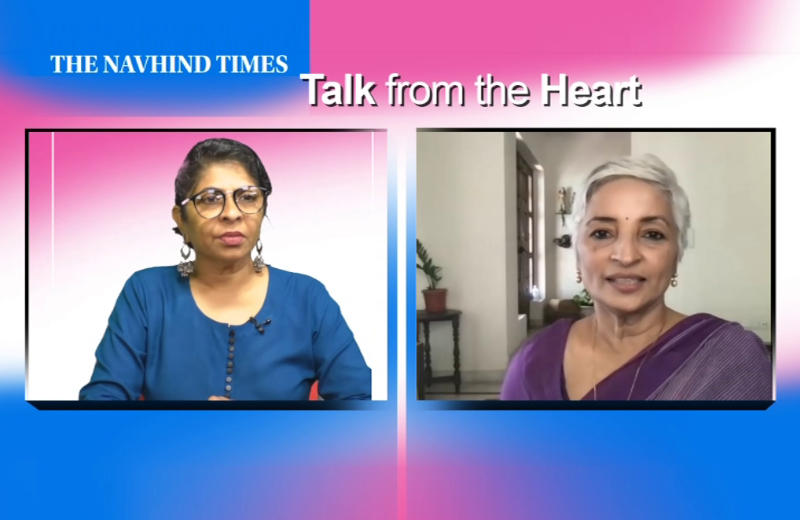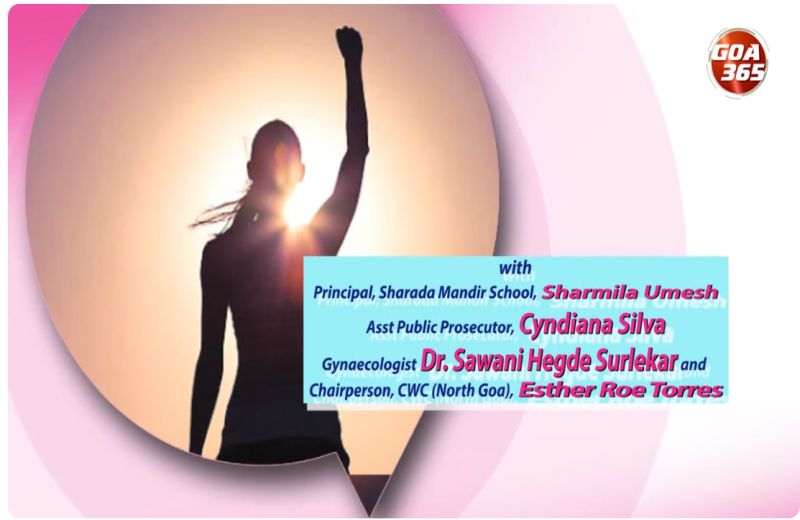
India’s artistic history is not just abundant and vibrant but also extremely diverse besides being the oldest globally. From the Indus Valley’s cave art to the famously intricate miniature paintings of the Mughal Empire, people from the Indian subcontinent have been producing artwork for at least 12,000 years. Spirituality, a striking colour palette and intricate and time-consuming artistic processes are some of the elements of Indian artwork.
Designer and art historian, Dr. Annapurna Garimella was the guest on The Navhind Times, Talk from the Heart show that aired on Sunday, November 13 on the Goa 365 channel and spoke briefly about Art Histories, Art Making and Audiences.
Most art historians and critics put the beginning of modern art in the West at around the 1860s, continuing up to the 1960s. Explaining the reason for this, Garimella said, “During this era many of the current ideas about art were consolidated and began, for example the Renaissance. Also in the 1800s there were several institutions that began to develop in the context of colonialism, imperialism and the invention of synthetic materials. These readymade materials helped artists to experiment on canvas which was not possible earlier.” She further expounded on the topic of art and craft and opined, “Anything made with hand can be both craft and art; it is not an either or an or.” Illustrating her opinion, she spoke about the work found at the Goa Chitra museum which she called, beautiful.
The establishment of art schools in India, which were set-up to revive and modernize art and artists, was also another major factor that propelled the growth of modern art at the time. Lahore, Calcutta, Bombay, Madras, Mysore, Jaipur and Hyderabad were some of the locations of these art schools.This period also saw women going to art schools however they were not allowed to paint nudes or study and then draw from them. “Women entered art school much later, around the 20th century and had to face discrimination. Some of the women artists who did not go to art schools became artists because their family members supported them,” added Garimella.
She then spoke about Amrita Shergil who is regarded as the first truly great modern artist of India by canonical art historians. “She was one of the greatest avant-garde women artists of the early 20th century and a pioneer in modern Indian art and her art influenced generations of Indian artists.” Explaining what made her work unique, Garimella said Shergil used her paintbrush to depict the daily lives of Indian people especially women in the 1930s, often revealing a sense of their loneliness and even hopelessness. “She was a multi-faceted personality; a woman, an artist, one who was comfortable painting herself in the nude and was photographed intensely by her father. Since she was half Hungarian, there was a mix of cultures and she blended western principles of design with rich and vibrant colours that were very Indian.“
Religious icons and their depictions by modern artists have created troubled history. Elucidating this point, Garimella spoke at length on this topic and highlighted the potency of religious images. “To make a statement through art, it is important to be kind, thoughtful and humble especially knowing that it can provoke controversy,” she added.
Interpreting art as an audience/viewer too is imperative to understanding and appreciating the art form. “Learning to appreciate art requires time, research and conversations. Also one should get comfortable about not understanding art right away as this gets you thinking. We do not have to understand everything to appreciate it,” she stated.



